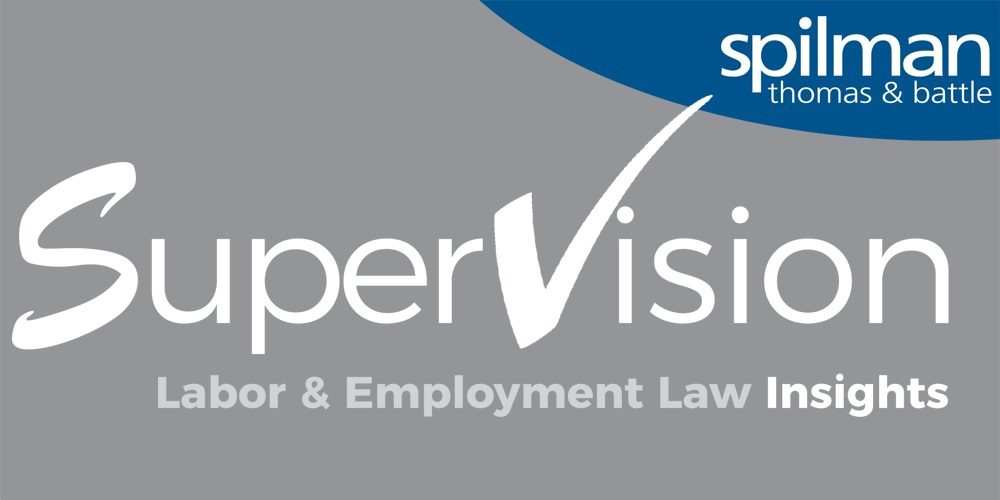Article
Resources
Article
An Update on OSHA’s Heat Regulation Rule

The OSHA process for issuing a new heat regulation is finally heating up. On August 30, 2024, OSHA published its Notice of Proposed Rule Making (NPRM) in the Federal Register. The path to get to this NPRM has been a long one. Indeed, OSHA published an Advance Notice of Proposed Rulemaking nearly three years ago in October 2021.
In publishing the NPRM, OSHA noted that heat is a leading cause of weather-related deaths in the United States (not just in the workforce). Moreover, as it gets hotter in the United States, heat is – and will remain – a growing issue in the workforce, and employers are already having to deal with how to minimize the effects of heat on employees.
While the rulemaking process is ongoing, OSHA has previously announced that it is using the General Duty Clause, also known as Section 5 of the OSH Act, to enforce heat protection for workers now and require employers to take steps to prevent employee exposure to serious heat events. The Heat National Emphasis Program will remain in effect until April 2025. Essentially, OSHA is using its powers under the General Duty Clause to bridge the time between considering and finalizing a heat standard rule.
As written, the proposed rule would apply to all employers conducting outdoor and indoor work in all general industry, construction, merit, timing, and agriculture sectors, where OSHA has jurisdiction. While the regulation would have broad applicability, it also proposes to exclude short-duration heat exposure — meaning that the heat trigger is 15 minutes or less in any 60-minute period. There is also an exclusion for telework sites, work activities performed indoors or in vehicles with air conditioning that consistently keeps the temperature below 80, and indoor sedentary work activities.
Employers governed by the NPRM will be required to:
- Develop a heat injury and illness prevention plan.
- Identify indoor and outdoor heat hazards in the workplace and develop and implement a monitoring plan. For outdoor work, this requirement will obligate employers to monitor the heat index. For indoor work, the employer will be required to identify work areas or jobs that may be exposed to hazardous heat conditions.
- Control measures must be implemented when the heat index exceeds a set limit (80 degrees), including providing cool drinking water, a break area with cooling measures, paid rest breaks to prevent overheating, acclimatization protocols for employees, and regular and effective two-way communication.
- Additional measures will be required if temperatures exceed 90 degrees, including mandatory breaks, observation for signs of heat-related illness, posted warning signs, and other related measures.
The proposed rule also requires employers to maintain certain records and imposes training requirements.
OSHA set a December 30, 2024, deadline for interested parties to submit comments on the proposed rule. This rule-making process will likely receive intense interest. In the first 30 days, more than 16,000 comments have already been submitted.
The NPRM also states that groups or individuals can request an Informal Public Hearing to be held during the comment period. As is typical with the NPRM process, OSHA will review the comments submitted in order to evaluate whether to make any changes to the proposed rule before issuing a Final Rule. Depending on the outcome of the upcoming election, we anticipate that a likely Final Rule could be issued in 2025.
Further information, contact Mark Heath, Co-chair of the Spilman OSHA practice group.


